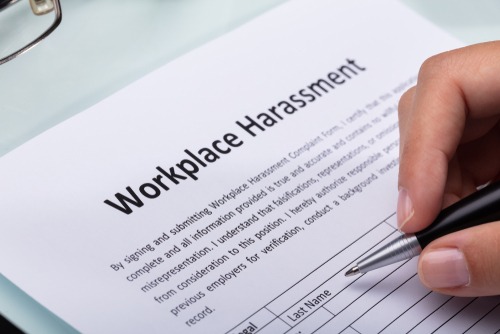Many Texans might have been under the impression that the #MeToo movement helped with reducing sexual harassment. The scrutiny and acceptance of harassment as a widespread problem was supposed to serve a shield for women in the workplace. However, surveys suggest that is not the case.
Women say there has not been a significant difference in sexual harassment. Of those surveyed, 61% stated their workplace circumstances have been static or worsened. Of those who informed human resources of an issue from 2018 to 2019, the percentage rose from 43% to 51%. For those who chose not to complain, 41% remained silent due to the alleged harasser being a direct supervisor. That was around twice the number for 2017. Finally, 60% said that prominent men who committed harassment should not have the right to return to their job. In 2018, that number was 11%.
Human resources is supposed to help employees who have been victimized, but a separate study showed that these departments are not adequately prepared. Issues such as the failure to ask critical follow-up questions about the behavior and a lack of knowledge about workplace policies are common. Human resources can have a positive impact by emphasizing how to address harassment. One suggestion is to increase the attention paid to aspects of sexual harassment that might not be blatant but are nonetheless categorized as harassment.
People who have been sexually harassed at work might try to go through the proper channels to put a stop to the behavior. Still, as this information shows, that may not be effective in ending the harassment. For people who have been confronted with workplace harassment, discussing the case with a law firm experienced in employment law may be beneficial to recovering compensation.
